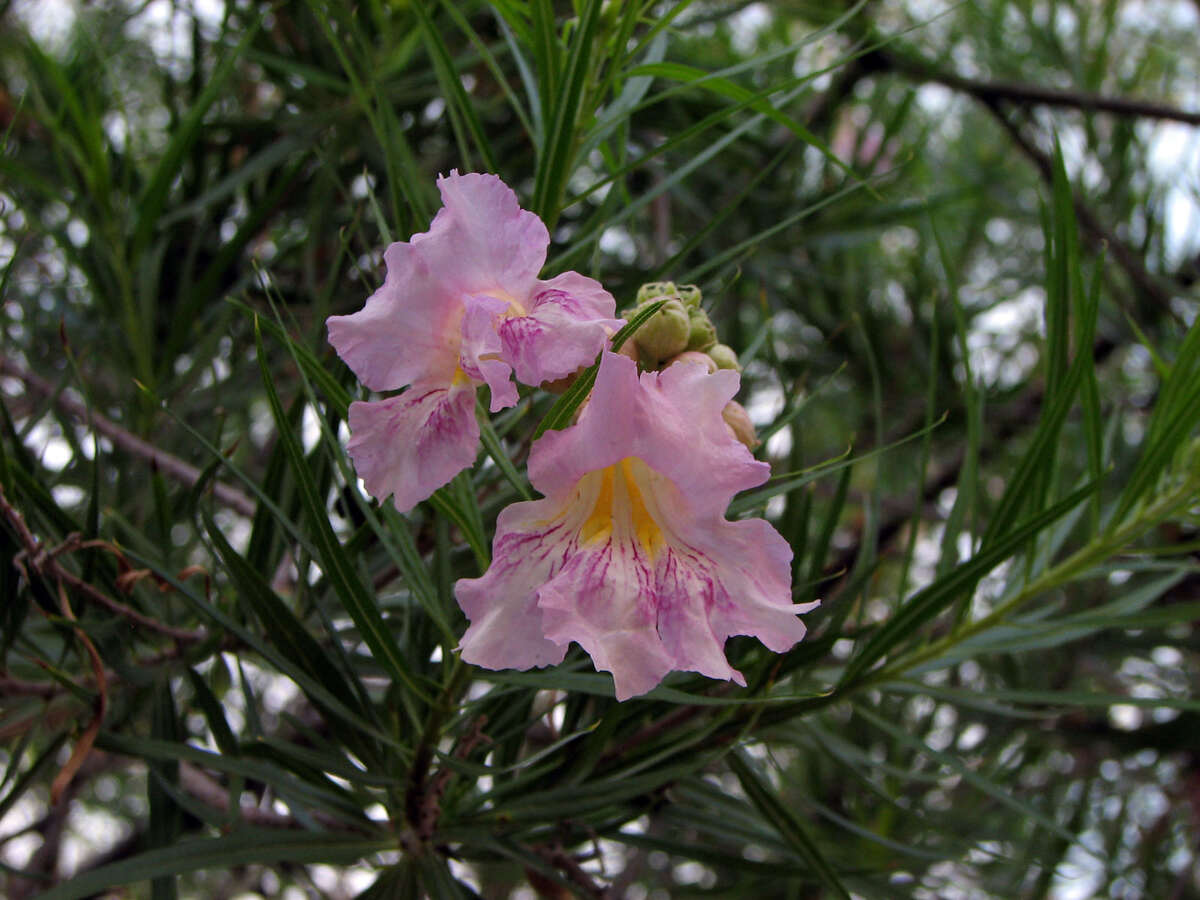
Austin has a climate that sets it apart from the rest of the Lone Star State. The area gets more rainfall than other parts of Texas but is much less humid. Choosing native plants that already grow naturally in an Austin landscape is your best bet for creating a beautiful yard. Consider adding these six best native plants for your Austin garden.
What is a Native Plant?
Native plants are plants that grow naturally in a given area. Texas native plants have adapted to their local environment and thrive in the state’s USDA cold hardiness zones, making them easier to maintain and keep alive during the winter.
Typically, native plants require less maintenance when grown in their natural environment and are often more drought- and disease-tolerant compared to non-native plants. As such, native plants are beneficial for your lawn and your wallet. Whether you’re looking for the best low-maintenance plants for Austin, Texas or want to try something new, these six native plants fit the bill.
Best Native Plants for Your Austin Garden
If you’re looking for the best plants to grow in Austin, Texas, start with these six native species.
Texas Wisteria
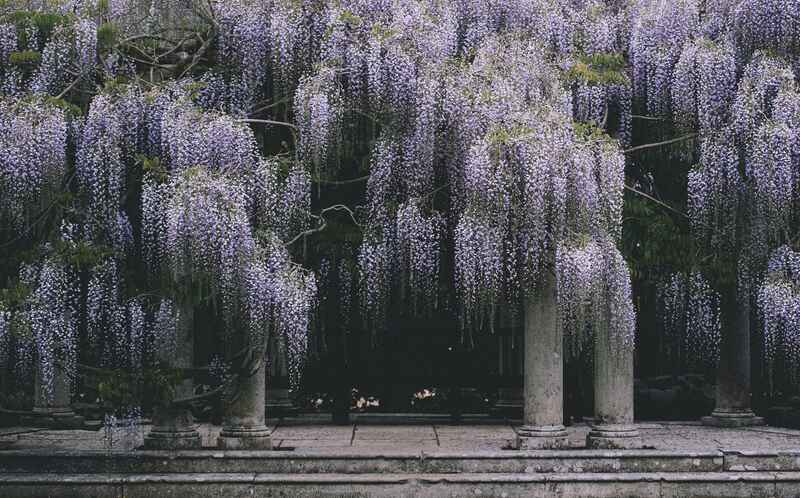
If you’re looking for a beautiful cascade of purple flowers, look no further than Texas wisteria. This gorgeous plant is best added to the garden in the spring or fall. Plant it in well-drained soil that receives a lot of sun throughout the day.
Be careful where you plant it since it likes to climb and grows fast, which can choke out nearby plants. Allow it to grow up an arbor, trellis, or fence line but keep it away from your home, so you aren’t battling the plant for years to come.
- Plant type: Flowering vine
- Blooms: Purple flowers; blooms in spring and summer
- Hardiness zones: 5-9
- Sun: Full sun to partial shade
- Soil: Prefers acidic, nutrient-rich soils high in organic matter
- Duration: Perennial vine
- Water Needs: Medium; if there is no rainfall, water every 2-3 weeks
- Foliage: Deciduous
- Mature Size: 25-30 feet tall; 3-6 feet wide
- Maintenance: Prune as needed to maintain desired shape and height. Heavy pruning should be done in spring, immediately after it flowers.
Desert Willow
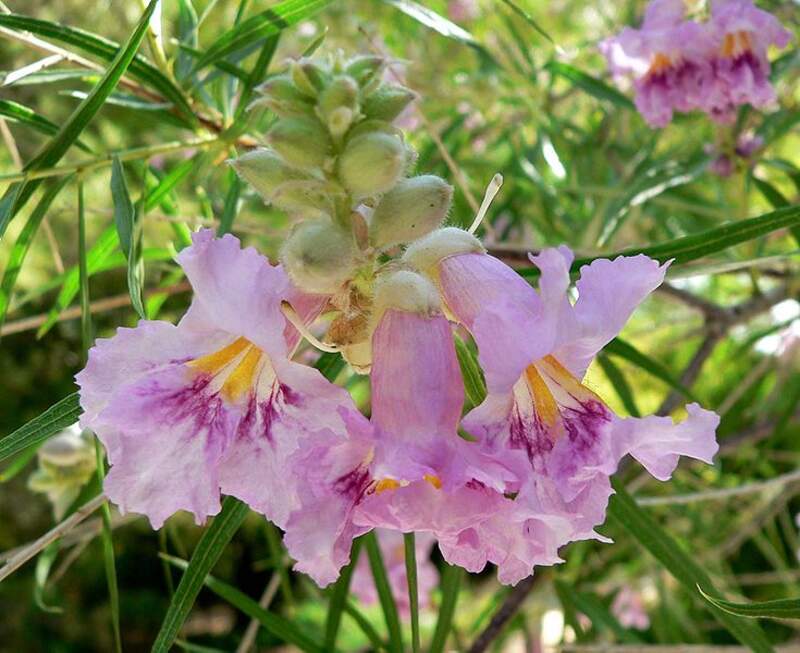
This native tree loves dry conditions and lots of sunshine. Plant a desert willow in a spot where it can grow up to 25 feet tall and 10 feet wide. This beautiful tree offers a large number of pink flowers that provide a sweet scent.
Hummingbirds flock to the blooms while birds will eat the large seed pods that appear later on in the year. The desert willow may resemble a willow tree in physical appearance, but it isn’t part of the willow family.
- Plant type: Small tree
- Blooms: White, light pink to light violet; summer and fall
- Hardiness zones: 7-11
- Sun: Full sun
- Soil: Adaptable, but prefers well-drained soils
- Duration: Perennial
- Water Needs: Low; water occasionally if no rain after 30 days
- Foliage: Deciduous
- Mature Size: 15-25 feet tall; 15-20 feet wide
- Maintenance: Pruning and deadheading to encourage new growth; occasional removal of suckers (new growth at the bottom)
Texas Sage
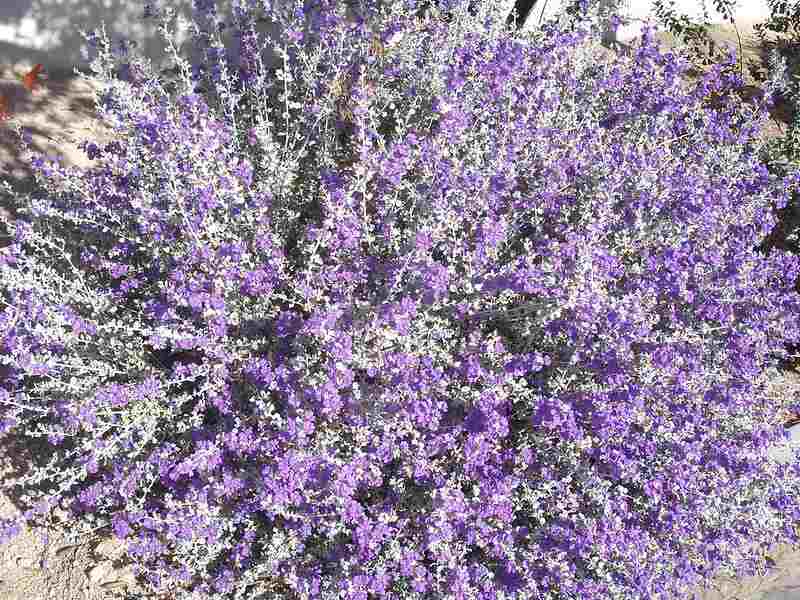
It isn’t hard to get Texas sage to grow in Austin’s dry soil. This native plant has silver-gray leaves that grow up to 6 feet tall and wide at maturity. Texas sage offers gorgeous pink, purple, or lavender flowers that bloom all summer.
Many Austin homeowners use this plant along borders or to help create privacy. Plant this native beauty in a sunny spot where it can establish itself in the soil.
- Plant type: Shrub
- Blooms: Pink, purple, lavender flowers; summer and fall
- Hardiness zones: 8-10
- Sun: Full sun
- Soil: Well-drained, alkaline soil
- Duration: Perennial
- Water Needs: Low to very low; water if 3-4 weeks without rain
- Foliage: Semi-evergreen
- Mature Size: 5-8 feet tall; 4-6 feet wide
- Maintenance: Don’t sheer or clip into a hedge; prune as needed to maintain a natural shape
Hill Country Penstemon
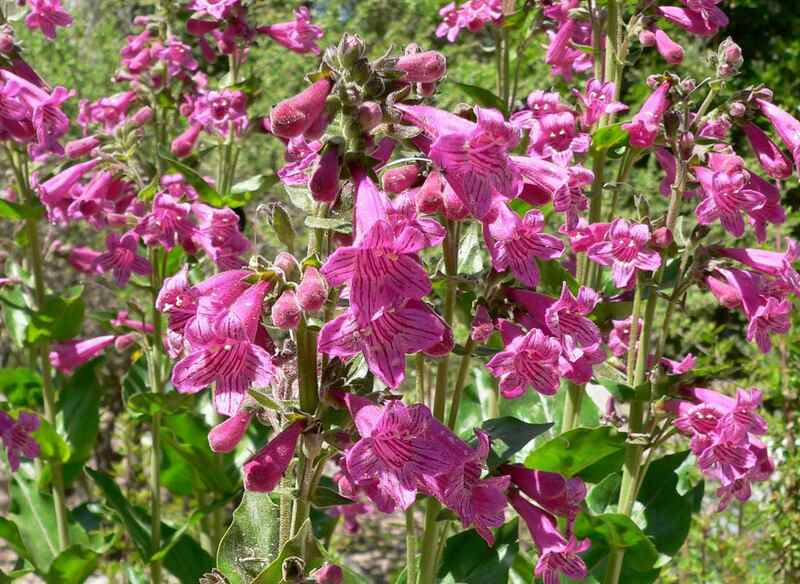
Also known as Hill Country or scarlet beardtongue, Hill Country penstemon is a natural fit for Austin gardens. This perennial herb doesn’t need a lot of sunshine and can do well in dry soil. Hill Country penstemon offers brilliant red tube-shaped flowers that provide dramatic garden interest.
It’s a common food source for area pollinators like hummingbirds and butterflies. The plant only grows a few feet wide and tall at maturity so it won’t crowd out neighboring flowers.
- Plant type: Herb
- Blooms: Red or pink; spring
- Hardiness zones: 5-8
- Sun: Full sun to part shade
- Soil: Prefers well-drained soil
- Duration: Perennial
- Water Needs: Low; water if 3 to 4 weeks without rain
- Foliage: Deciduous
- Mature Size: 1.5-2.5 feet tall; 1.5 feet wide
- Maintenance: Cut back the flowers once they have bloomed
Evergreen Sumac

This tree can reach up to 12 feet high and offers a shiny green color to your yard all year long. Evergreen sumac produces small white summertime flowers that appear in clusters. It also produces fuzzy red fruits that look like red berries and attract bees and butterflies.
The glossy oval-shaped leaves are what the plant is known for. The dense growth structure of the leaves helps create privacy for your yard while also providing shade.
- Plant type: Shrub
- Blooms: White flowers; late summer and fall
- Hardiness zones: 8-10
- Sun: Sun to partial shade
- Soil: Requires well-drained soil
- Duration: Perennial shrub
- Water Needs: Low; water after 3-4 weeks without rain
- Foliage: Evergreen
- Mature Size: 6-8 feet tall; 10 feet wide
- Maintenance: Prune lightly to maintain form
Texas Red Yucca
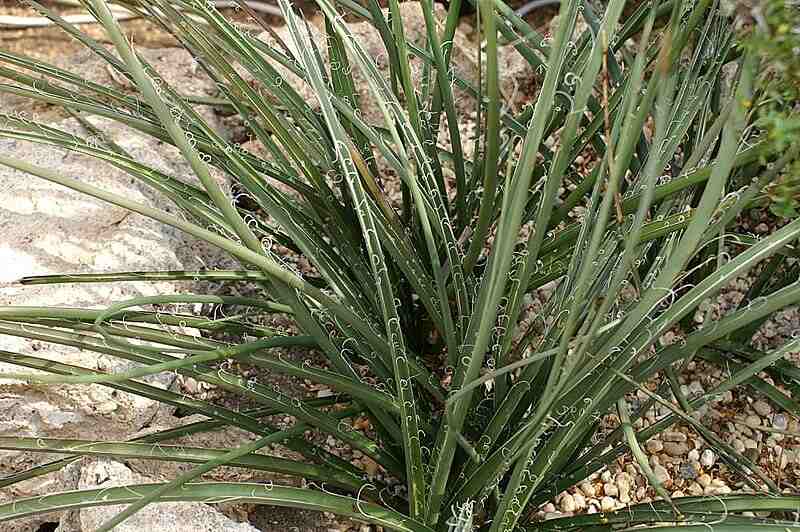
This flowering succulent is drought tolerant and perfect for the Austin area. Texas red yucca offers slender green leaves along with tall spikes of blooms that dot the garden with a punch of color. It’s also a favorite for hummingbirds and bees.
As a native Texas plant, it’s low maintenance and needs little water to thrive. The evergreen leaves keep their color year-round, making it a common winter interest plant.
- Plant type: Succulent
- Bloom: Red, pink, yellow, and coral; spring and summer
- Hardiness zones: 6-13
- Sun: Full sun
- Soil: Adapts to most soils; prefers good drainage
- Duration: Perennial
- Water Needs: Very low; no water once established, but occasional watering might be needed if no rainfall after 30 days
- Foliage: Evergreen
- Mature Size: 3-5 feet tall; 2-4 feet wide
- Maintenance: Removal of old stalks at the base
FAQ About Native Plants in Austin
The USDA plant hardiness zones for Austin, Texas are 8a-8b. The hardiness zones help gardeners determine what plants will thrive in a certain area based on minimum winter temperatures.
For Texas, zones range from 6-9. In Austin, the lowest winter temperature is about 10 degrees Fahrenheit, thus the average zone 8 rating.
The best way to keep your plants alive in the scorching heat of central Texas, is to pick the right plants. Any plants that are native to Texas are more likely to survive, if not thrive, during warm summer days. But even hardy native perennials, shrubs, and trees need some assistance once in a while.
• Time your watering: Watering in the early hours of the morning reduces evaporation and allows your plants and grass to get enough water.
• Proper irrigation: Low-flow and drip irrigation can help your garden get the water it needs low to the ground without risking over-watering foliage.
• Add Mulch: Applying mulch around your plants and flower beds can help to regulate soil temperatures and maintain moisture.
While some plants like agaves are known Mexican and Texan natives, they don’t add as much color to your yard as some of the beautiful wildflowers and blooming plants that thrive in Austin.
• Autumn salvia is a variety of salvia that blooms showy red flowers from spring through fall. These plants have high heat tolerance and grow well in sun to partial shade.
• Turk’s cap is one of the most used and recognizable shrubs in Texas and is known for its red or white varieties of flowers. Turk’s cap can handle full sun, partial sun, or shade and has a very high heat tolerance, which is perfect for Austin’s summers.
• Flame acanthus is another great choice if you’re looking for a pop of color in your yard. Also known as the hummingbird bush, this shrub puts out orange flowers that hummingbirds love and is very heat- and drought-tolerant.
Bring in the Plant Professionals
Austin gardeners have a wide variety of native plants to choose from. Gorgeous native trees coupled with shrubs and flowers create a dynamic and exciting garden. There are many varieties to choose from, but these are some of the best native plants for your Austin garden.
Having trouble choosing and planting? Hand it off to an Austin lawn care professional who can help you choose the right fit for your garden. They’ll also do all the heavy lifting for you, so you can get back to enjoying your yard.
Main Image Credit: Katja Schulz / Flickr / CC BY 2.0